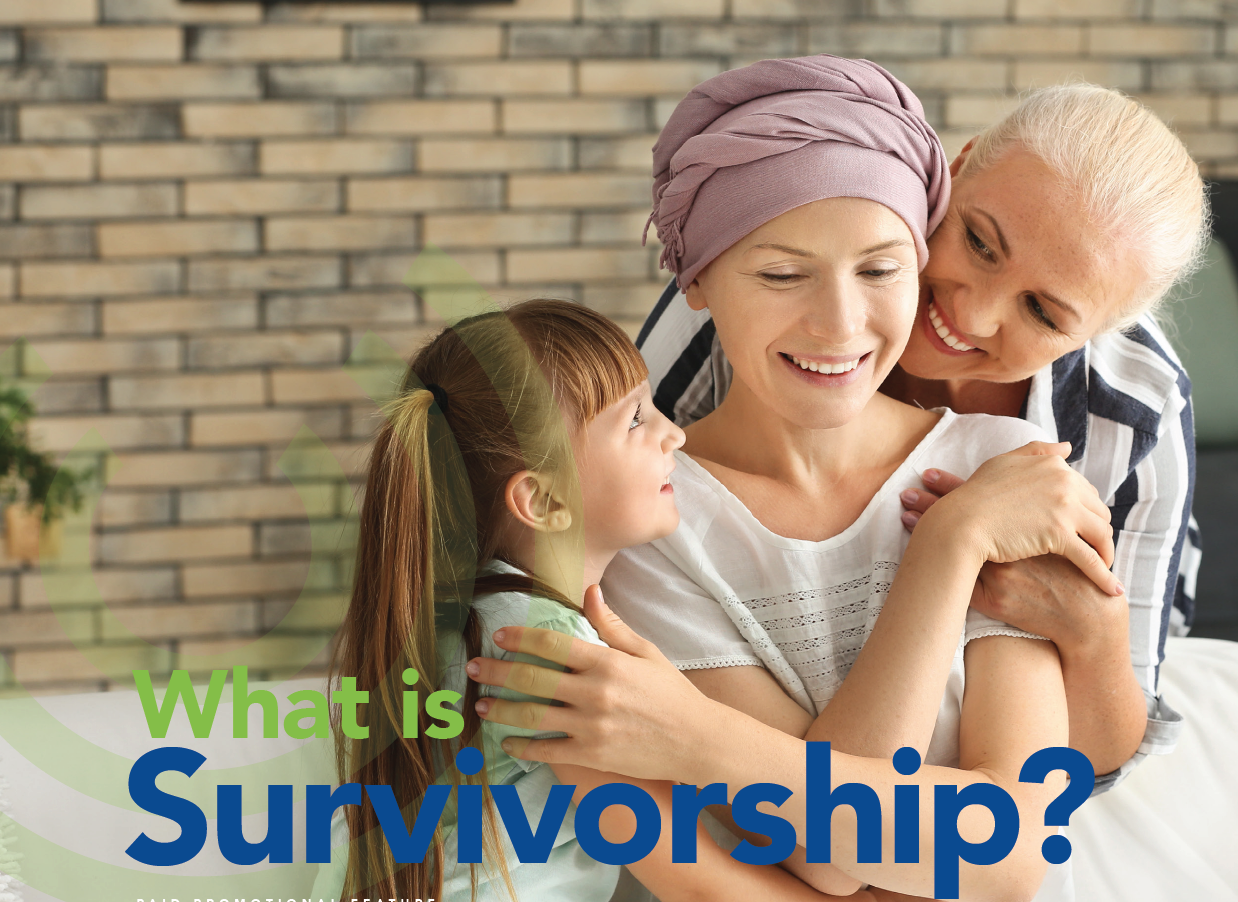

The National Coalition for Cancer Survivorship says you are a cancer survivor from your day of diagnosis through the rest of your life. Not everyone identifies personally with the term “survivor,” but the concept of survivorship is far-ranging and inclusive.
Survivorship
l includes both physical and mental health.
l applies not just to patients, but also to families and caregivers.
Survivorship care
l addresses the entire cancer community at all levels of support.
l begins on the day of diagnosis and applies to the rest of one’s life
RBOI’s support programs and services are designed to help you and your family from the beginning — even before a diagnosis is made — for as long as you need them and at no charge. Completing treatment does not mean the end of care. Our cancer navigators and social workers make sure that you can get the resources and support you need. Give us a call.
From Victim to Survivor
“Cancer survivor” was controversial when Harold Benjamin coined the term in 1986, the year he co-founded the National Coalition for Cancer Survivorship. Before then, people were “cancer victims.” After lobbying by NCCS and other advocates, the National Cancer Institute established its Office of Cancer Survivorship in 1996.
NED, Remission, or Cure?
“Dancing with NED” may sound like fun at a disco. But when it comes to cancer survivorship, NED stands for No Evidence of Disease, also called complete remission. It means that the signs and symptoms of cancer are no longer found.
But that doesn’t necessarily mean one is cured. Cancer cells might still be present at a level that can’t be detected. A complete absence of cancer cells means one is in complete remission (NED). In near-complete remission, some abnormalities exist even if tests show no clear evidence of disease and the person is symptom-free. In partial remission, cancer is still present but is greatly reduced.
Some doctors may say you are cured if you remain in complete remission for at least five years. But even then, some cancer cells may exist in your body, undetectable, and cancer may return years later. The chance of recurrence depends on the kind of cancer. For example, breast cancer might return decades after complete remission, but some leukemias are considered cured after five years cancer-free.
Five-year cancer survival rates were introduced in the 1930s, when living beyond that benchmark was considered near-impossible. In 2018, the five-year survival rate for all cancers taken together was 68.1%.
Financial Survivor
Cancer is expensive, not only for treatment but for related costs like transportation, lodging, child care, home care, and respite care. Those costs can create financial hardship, which can impact survivorship, especially if one skips medication or appointments just to get by.
Resources are available at the local, regional, and national level. They include H.U.G.S. in Marion County, the Citrus Aid Cancer Foundation in Citrus County, Elder Options of North Central Florida, and more. RBOI’s social workers and cancer navigators can help you access resources to lessen your financial burden.
Strength in Numbers
RBOI’s free support activities to the community are available both virtually and in person. For more information, call Wendy Hall, LCSW at 352-527-0106 or Amy Roberts, LCSW at 352-732-0277.

Write a comment: